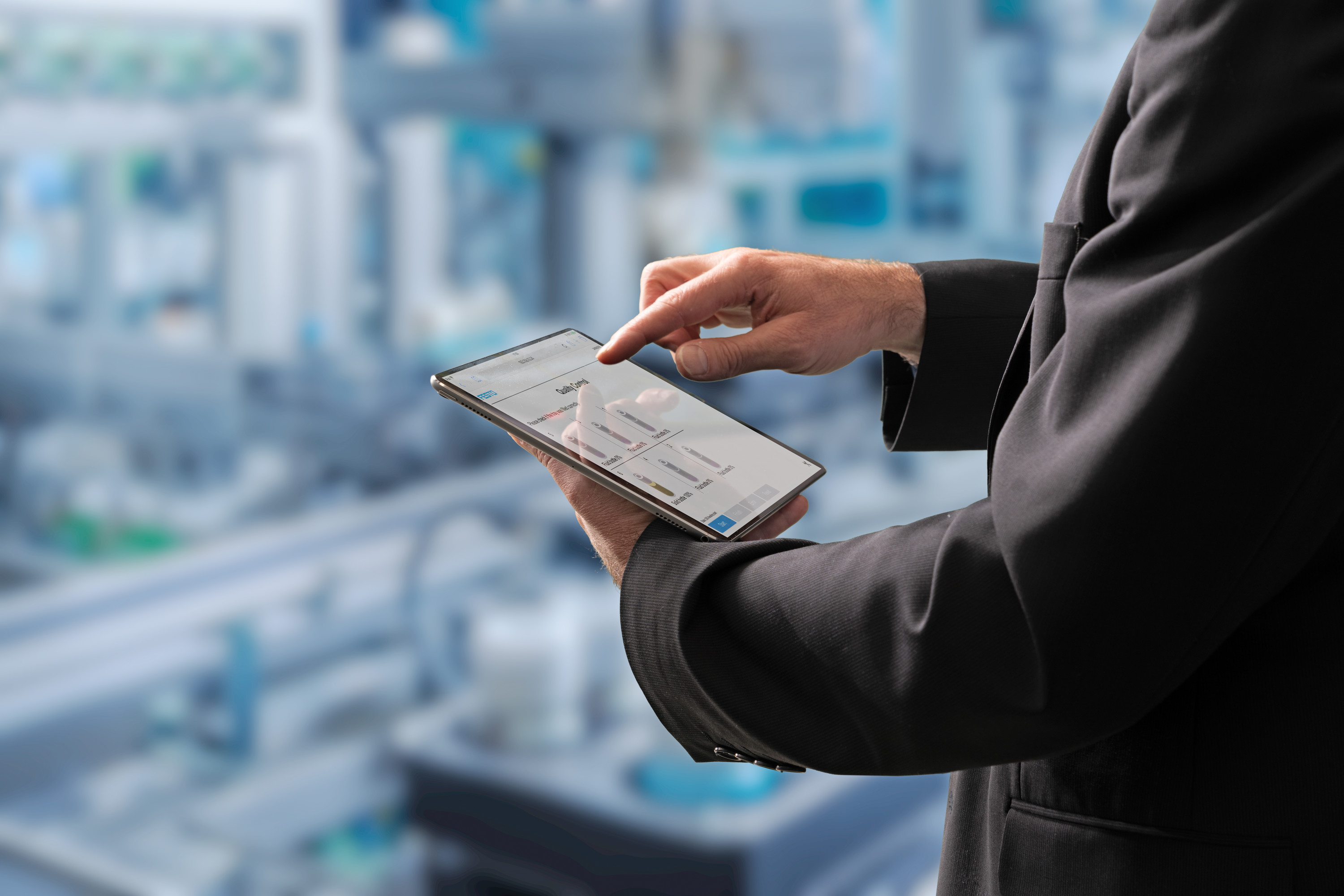In the future, manufacturing will be self-organizing. To achieve this end, each element of the production network – from sensors to secure cloud interfaces – must harmonize perfectly
Dr. Sauer, everyone’s excited about self-organizing manufacturing. What’s behind the hype?
Olaf Sauer: : For a while now, the trend in manufacturing has been towards ever an increasing product variety and customization, while also cutting delivery times. Conventional production methods – such as the sequencing concept used in the automobile industry, whereby one car after another is processed on the assembly line – soon run into difficulties here. The work that needs to be done at individual stations is simply too varied, with the result that employee and plant utilization decreases. In other words, the idea – which is by no means new – of smart, connected products being able to navigate their way through a modular production environment is more topical than ever.
So, instead of conveyor belts, you have autonomous material flow systems moving each car body individually from one work station to the next?
Sauer: That’s the most visible change. But the challenge we face at Fraunhofer IOSB, along with our industry partners, is to optimize the IT systems responsible for production control and automation. First of all, we have to be able to permanently locate products, parts and material Ġow systems, such as AGVs, and then digitally map these along with other production resources. Essentially, we’re talking here about IIoT and real-time visualization. And then all this complex activity has to be able to self-organize in such a way that efficiency is maximized while also guaranteeing a robust response to any unforeseen events such as a Ġuctuation in orders, supply problems or the unavailability of modules. This requires expertise in AI, especially in areas such as reinforcement learning. But that’s not enough on its own. We also need to get the basics right, which means issues such as simulation, sensor technology, real-time connectivity, interoperability, and suitable OT/ IT architectures based on edge and cloud computing. That said, we have a wealth of experience in these fields and have helped define the state of the art in these technologies and will continue to drive them forward in the future.
You mentioned edge and cloud computing. Yet many companies don’t want to cede control over their data.
Sauer: That will require trustworthy infrastructures. Besides, isolation is the wrong strategy for manufacturers who want to leverage the advantages of digitalization in production. You need to provide three things simultaneously: performance, data security and connectivity that extends beyond a manufacturer’s own location so as to enable effective control of logistic chains. This demands a carefully scaled strategy. That’s why we and our partners have been involved for a number of years now in initiatives such as International Data Spaces, German Edge Cloud/ONCITE and Gaia-X. These all address precisely these concerns and also include sophisticated mechanisms to provide maximum data sovereignty and control.
Dr. Olaf Sauer, deputy director of Fraunhofer IOSB, is an expert in automation and coordinates activities at the Automation and Digitalization business unit.
 Fraunhofer Institute of Optronics, System Technologies and Image Exploitation IOSB
Fraunhofer Institute of Optronics, System Technologies and Image Exploitation IOSB 